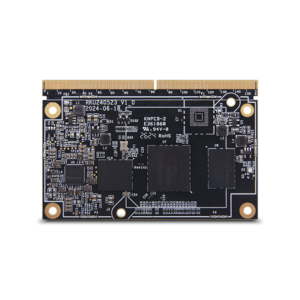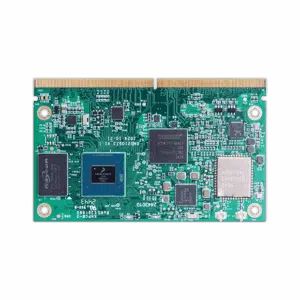In the fast changing earth of electronics and stuck programs, computer on module (CoM) technology has appeared as a robust answer for developers seeking small, flexible, and scalable research platforms. For newbies, understanding CoM technology can start doors to efficient item design and quicker time-to-market.

A Computer-on-Module is essentially an entire computer built on a tiny world board. Unlike traditional single-board computers (SBCs), a CoM was created to be secured onto a company board, which gives the mandatory interfaces, connections, and additional operation unique to an application. This modular strategy allows technicians to separate the research core from the application-specific circuitry, making it easier to modify and update techniques without renovating the whole product.
Among the important advantages of CoM engineering is its compact size. CoMs integrate necessary components like the processor, storage, storage, and basic input/output interfaces in to a simple module. This compactness is fantastic for embedded purposes where space is restricted, such as industrial automation, robotics, medical units, and IoT (Internet of Things) systems. Also, since the element includes pre-tested components, developers can reduce style difficulty and give attention to producing unique functions because of their product.
Mobility is another key benefit. CoMs help a number of processors and architectures, including ARM-based techniques for low-power programs to x86 processors for higher-performance needs. The modular design enables developers to exchange out segments when more control energy, memory, or connection is necessary, without transforming the remaining system. This flexibility makes CoMs suitable for equally prototyping and long-term production, helping corporations scale effortlessly as needs change.
Moreover, Computer-on-Module technology accelerates growth cycles. Since the core research performance is already established, developers can focus on developing the carrier table, integrating devices, exhibits, and interaction interfaces strongly related their project. This method considerably decreases the full time and cost connected with planning a custom stuck program from scratch.
For beginners, beginning with CoM engineering may seem overwhelming in the beginning, but numerous assets and beginning systems can be found to simplify the learning curve. Guides, development panels, and neighborhood help offer practical advice, permitting beginners to examine embedded processing without considerable hardware expertise.

In conclusion, Computer-on-Module engineering supplies a functional, small, and efficient alternative for contemporary stuck process design. By knowledge its core rules, benefits, and applications, novices can harness CoMs to accelerate development, increase mobility, and carry progressive products to market with greater ease. Whether for interest projects or industrial programs, CoM engineering shows an intelligent and scalable journey into the planet of stuck computing.
